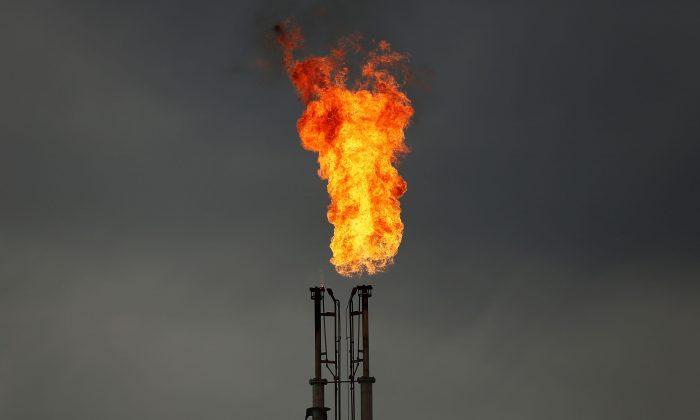The United States could be energy independent for the first time since 1953.
Declining energy imports and growing energy exports could make the United States a net energy exporter by 2026, according to a report by the U.S. Energy Information Administration (EIA).
“The United States could be completely ... energy independent,” EIA Administrator Adam Sieminski said during a press conference on Jan. 5.
Making America energy independent is one pillar of President-elect Donald Trump’s energy policy. He plans to reduce imports, increase domestic production, and eliminate OPEC’s influence on oil prices in the United States.
Phil Flynn, senior market analyst at Price Futures Group, says the United States is on the cusp of achieving the goal of becoming energy independent.
“This should be more incentive for OPEC to comply with their stated production cuts because they will have less influence on the price in the coming decades,” he stated in a blog post.
The EIA’s report provides various long-term scenarios of domestic energy markets through 2050. The scenarios depend on different assumptions on economic growth, oil prices, technological progress, and energy policies.
“With strong domestic production and relatively flat demand, the United States becomes a net energy exporter over the projection period in most cases,” states the report.
Despite a growing population and a growing economy, energy consumption is expected to increase by just 5 percent between 2016 and 2040, according to EIA’s base case projections. However, energy production is expected to increase by more than 20 percent during the same period.
The EIA believes Brent crude oil prices will average around $52 per barrel in 2017. And in the base case, the price of Brent crude oil will reach $109 per barrel by 2040, compared to $226 per barrel in case of high oil prices and $43 per barrel in the low oil price scenario.
If oil prices increase as sharply as in the high prices scenario, the United States could become a net energy exporter within just a few years, according to the EIA.





